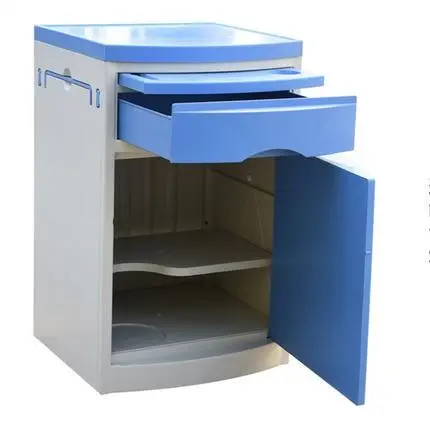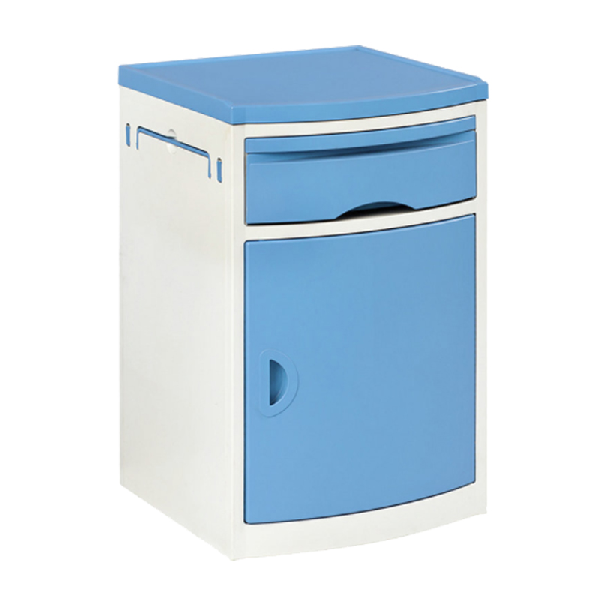For the entire medical environment and healing experience, it is necessary to promote the overall structure of the space and the design of medical furniture to complement each other, in order to create better results. ABS bedside table patients tend to prefer spacious environments, narrow spaces, and structural designs that hinder vision, which often exacerbate the suppressed parts of emotions and do not help patients adjust their mood. Therefore, more and more hospitals are adopting an open space design for ABS bedside tables to create a spacious visual experience as much as possible. For example, designing a garden style atrium at one end of the corridor, and setting up waiting areas with multiple separated spaces.

Due to the different functions of medical furniture ABS bedside tables or the emergence of new materials, technologies, processes, and equipment, many different combination forms are needed to form different structural forms. The correct combination method used has a direct impact on the aesthetics, strength, processing, and convenience of use or transportation of furniture.
Fixed structure
ABS bedside table fixed structure, also known as non removable structure or assembled structure, refers to the use of mortise and tenon joints, non removable connectors, nail joints, and adhesive joints between various parts of furniture, which are assembled in one go. The structure is firm and stable, and cannot be disassembled or reassembled again. Common medical furniture such as solid wood companion chairs are used.

Detachable structure
The detachable structure of ABS bedside table is also known as the ready to install structure, easy to install structure, or self installed structure. It refers to the use of various detachable connectors to connect furniture components in a 32mm system, allowing for multiple disassembly and installation. Removable furniture is not only easy to design and produce, but also convenient for handling and transportation. It can also reduce the footprint of production workshops and sales warehouses, allowing users to assemble them themselves. Common types of cabinet medical furniture use this mechanism, including chairs, stools, sofas, beds, tables, etc.
It can be said that the essential feature of humanized design is to design for people, and the practical value of humanized design is obvious.
Post time: Jun-17-2024

